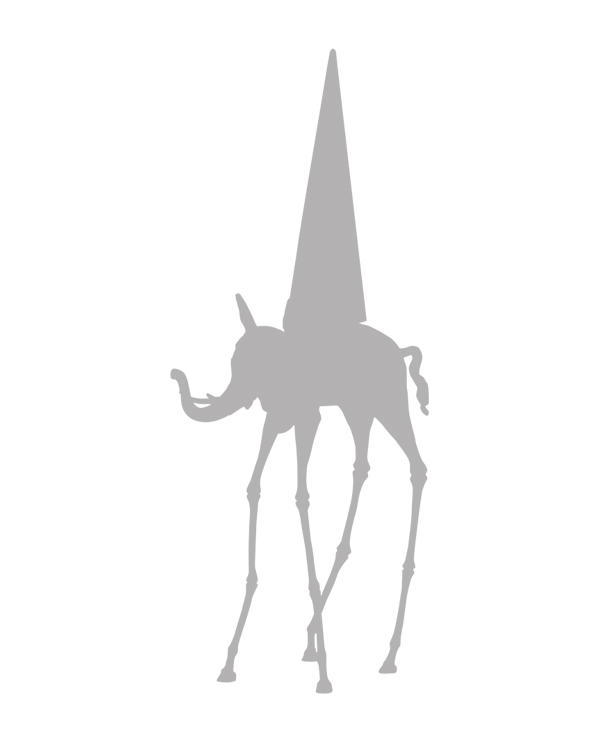SYMBOLS
Dalí’s works are full of recurring symbols and images, mostly drawn from everyday life; elaborated from childhood experiences to his later infatuation with Freud’s theories.
Through his art, Dalí exorcised his fears, elaborated his sexuality and reproduced his favorite subjects, which in turn became eternal symbols of the very essence of his surrealist thought.









